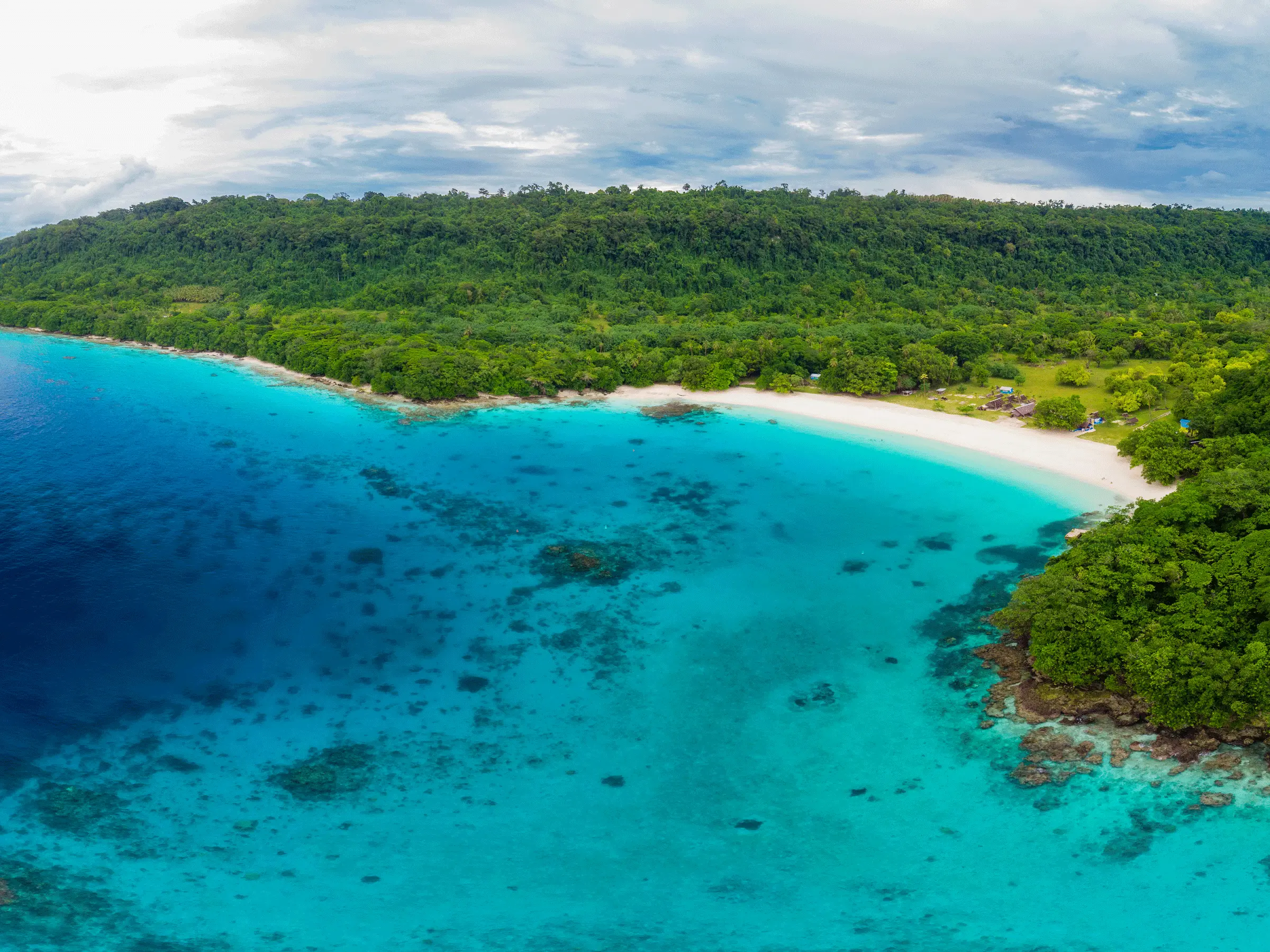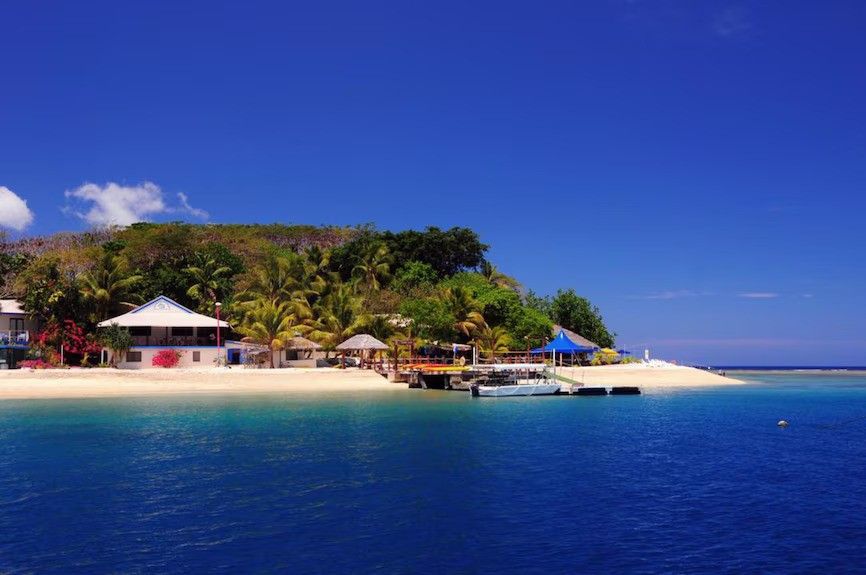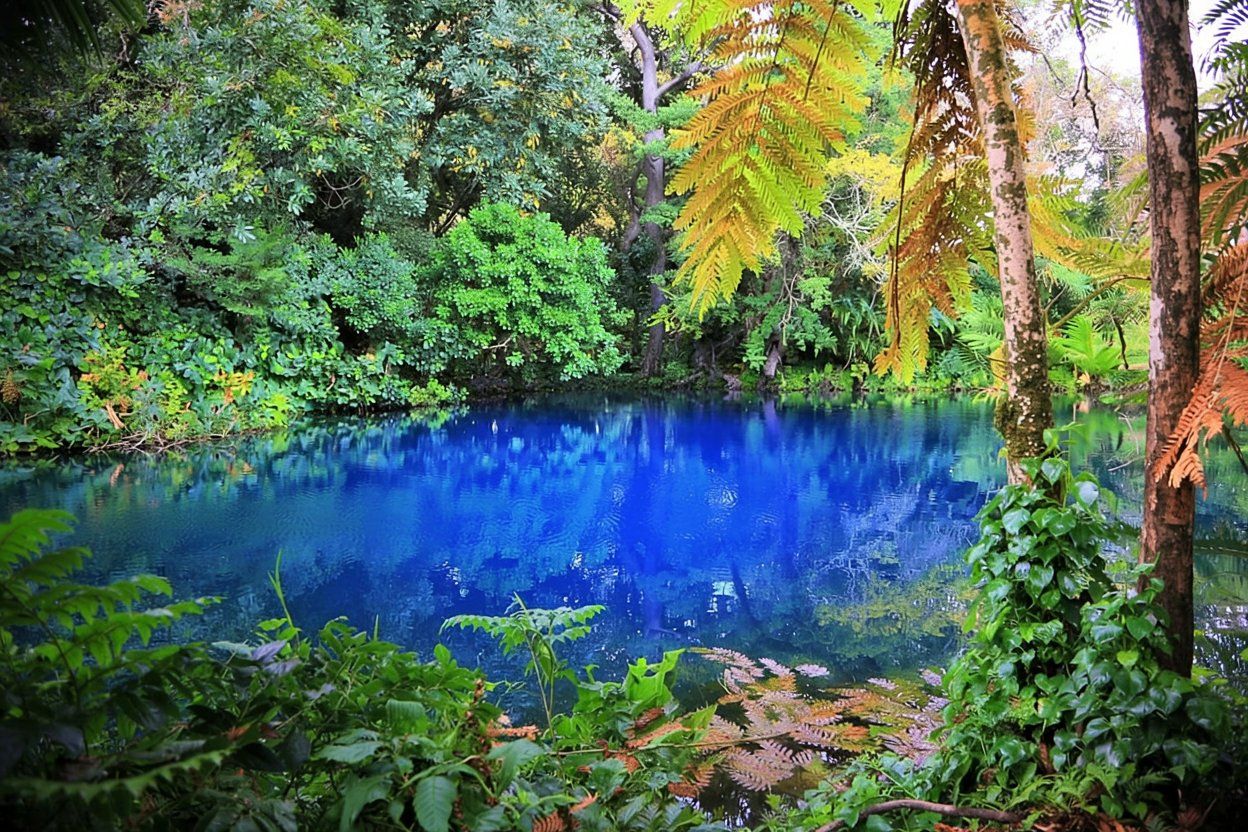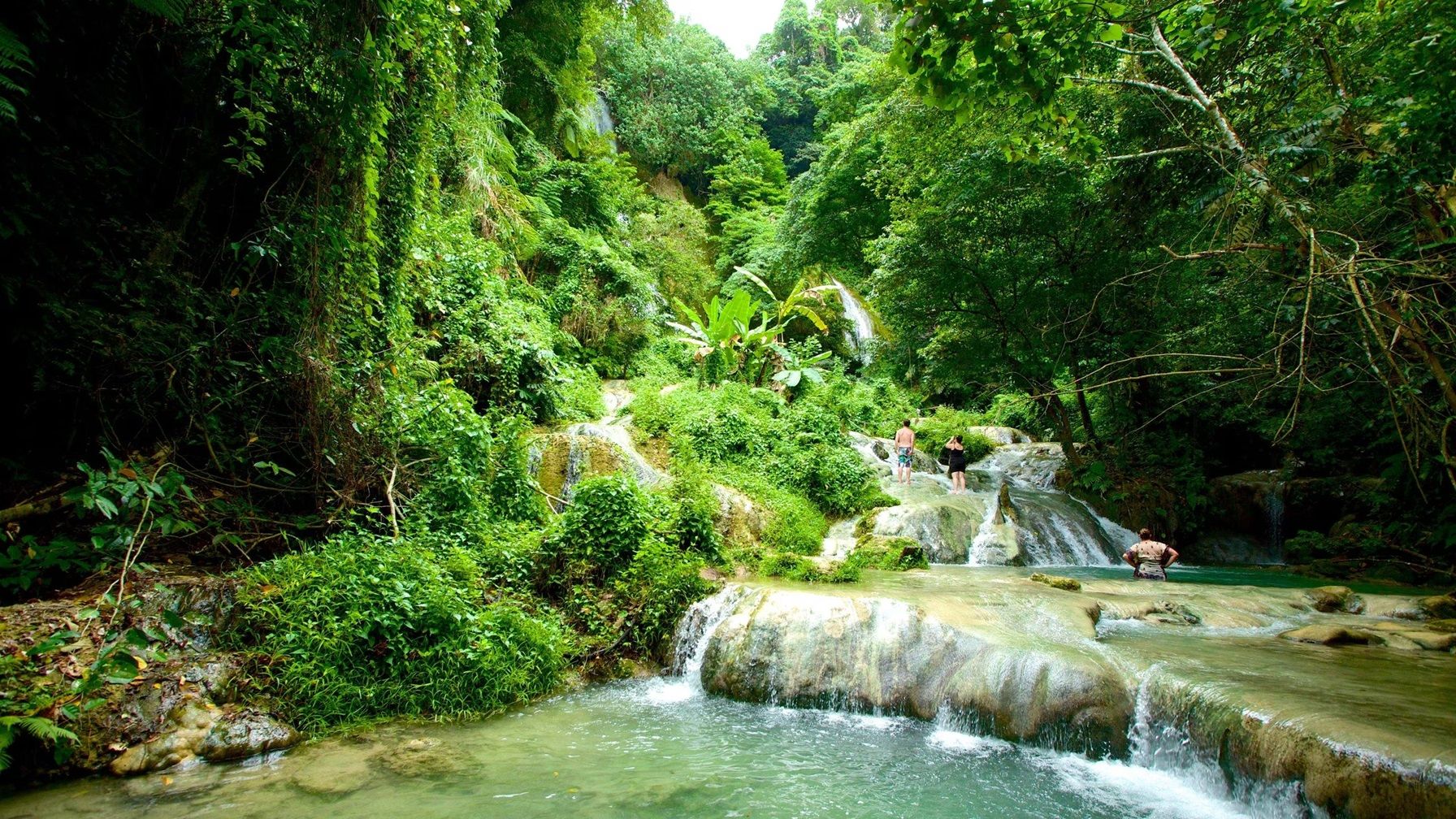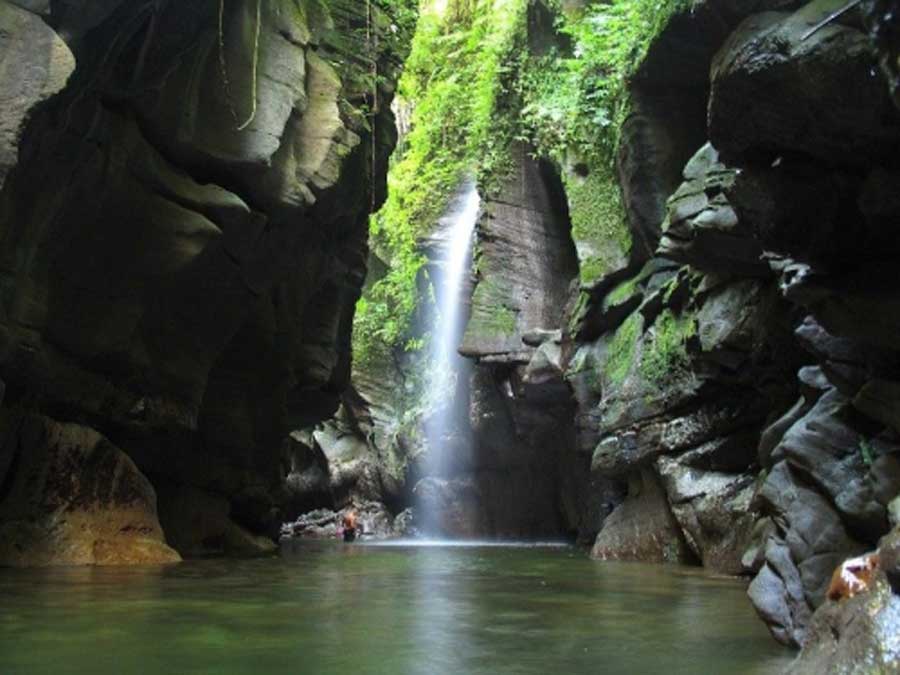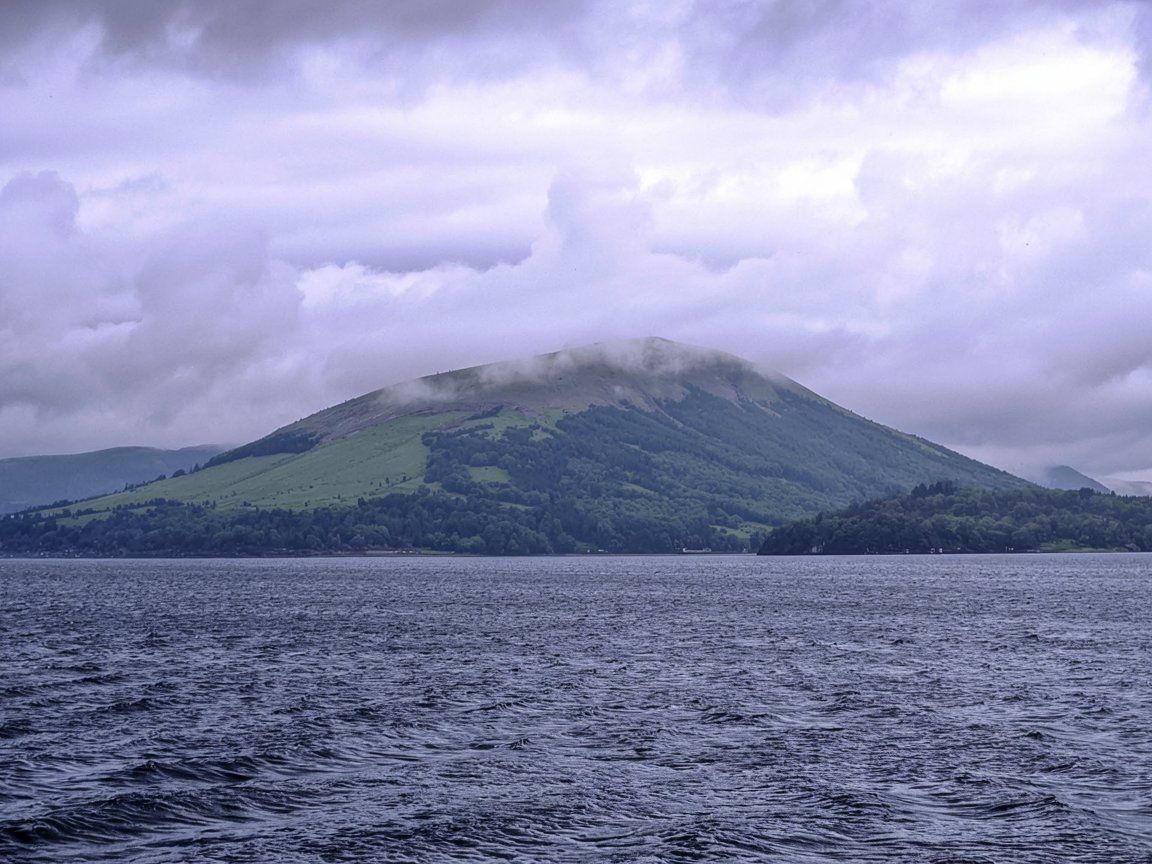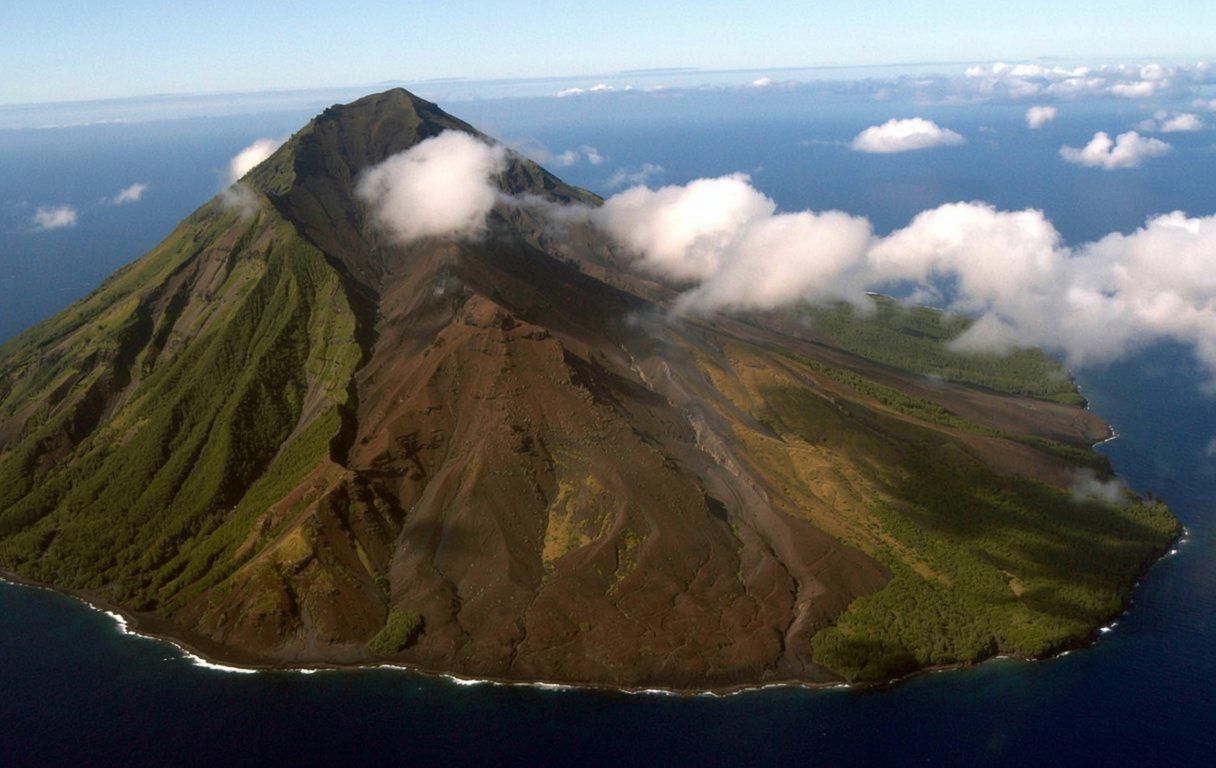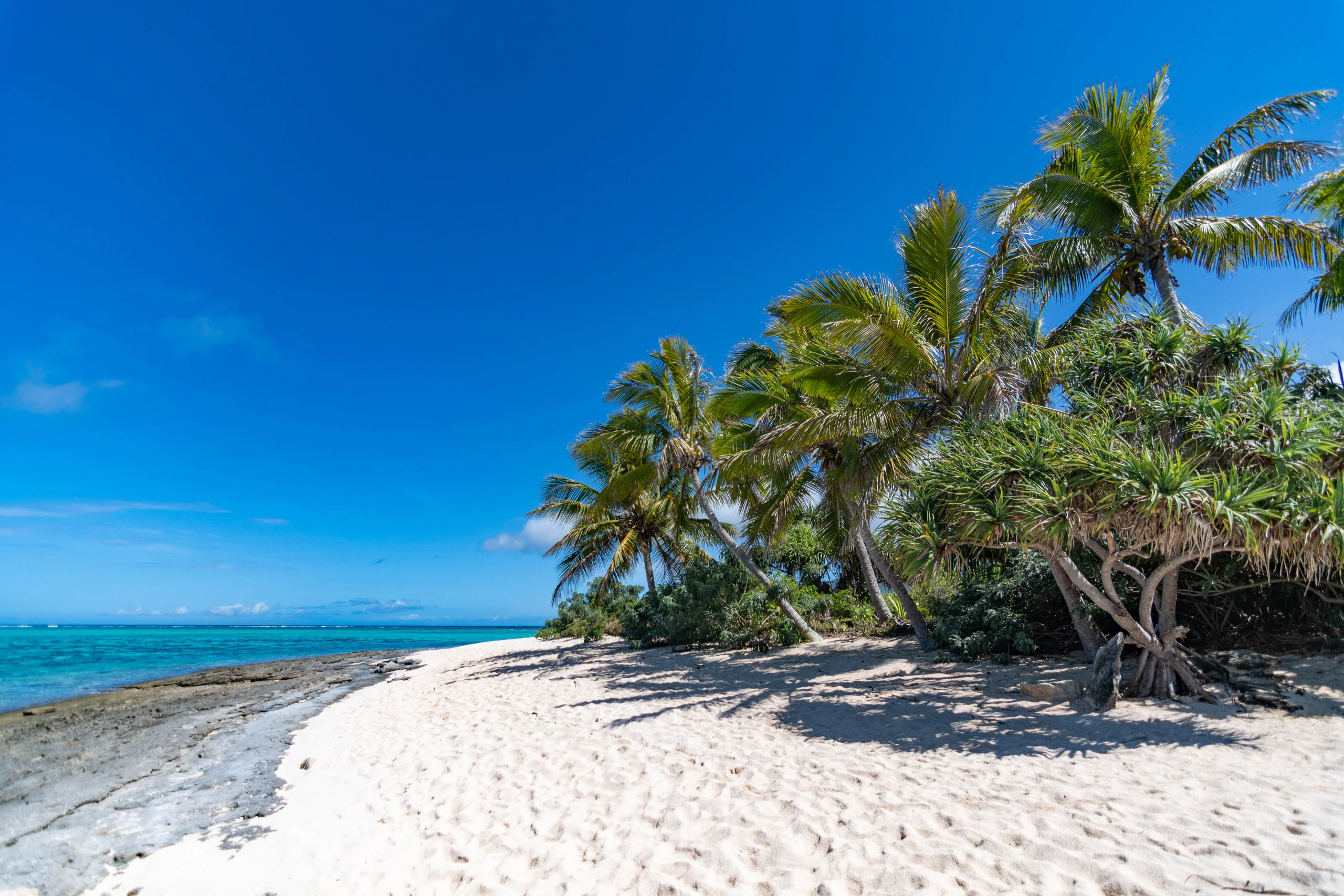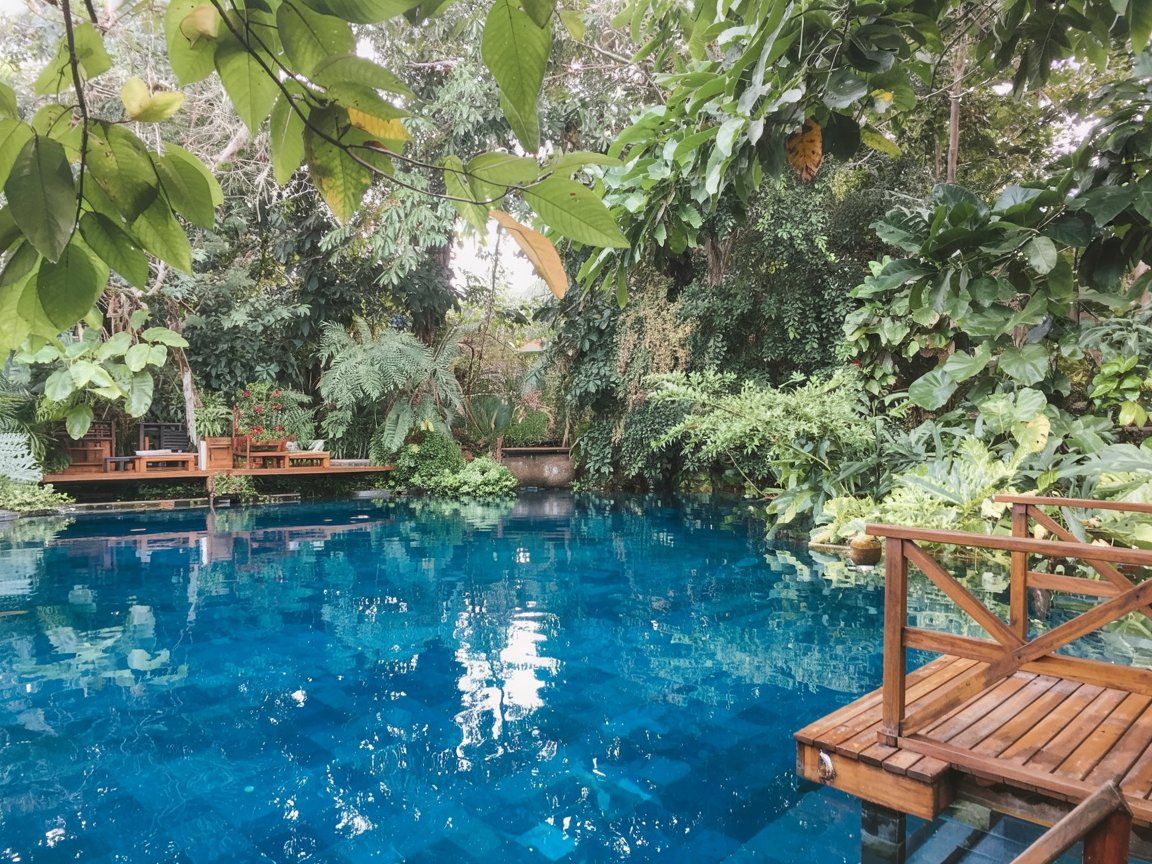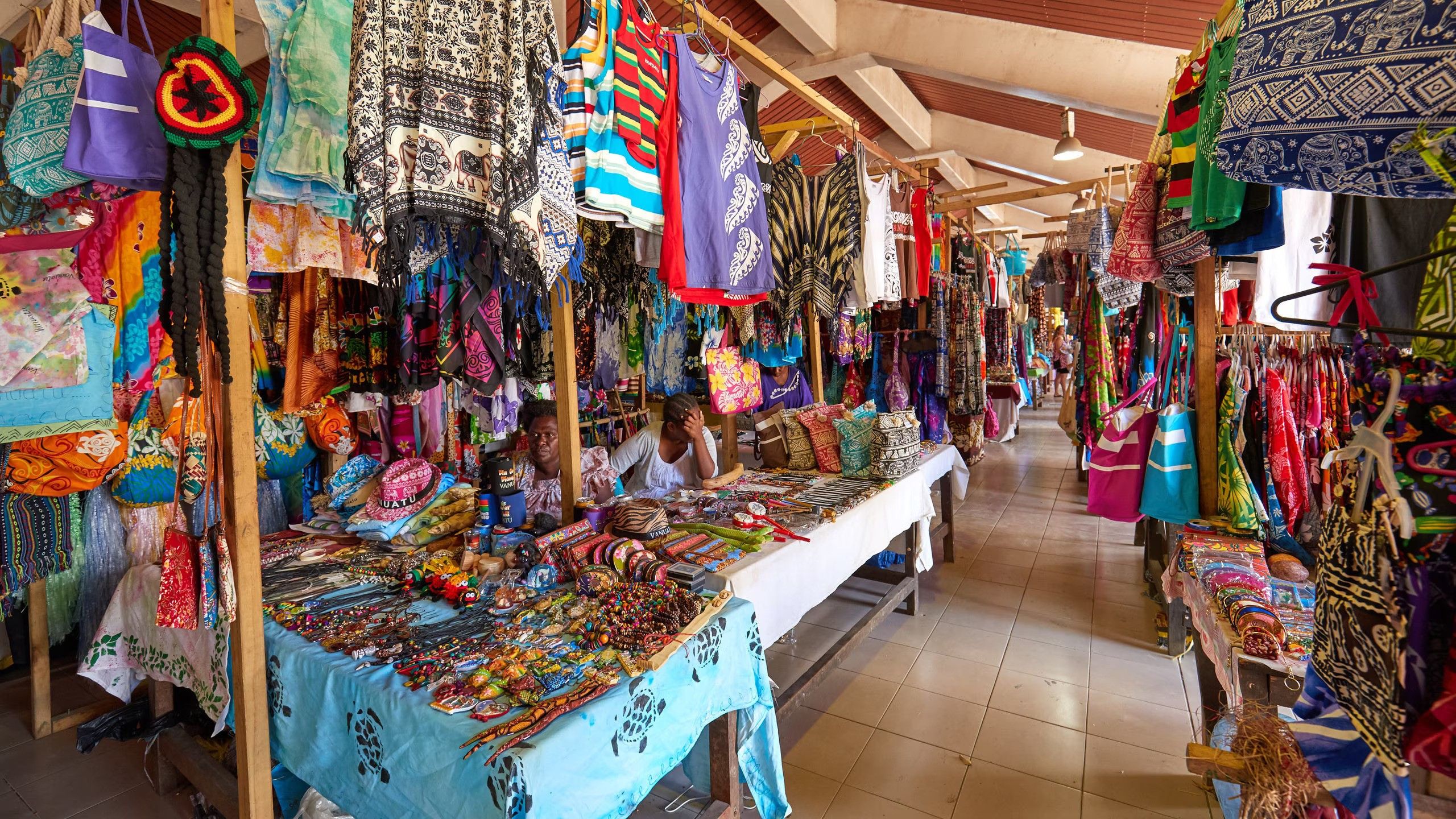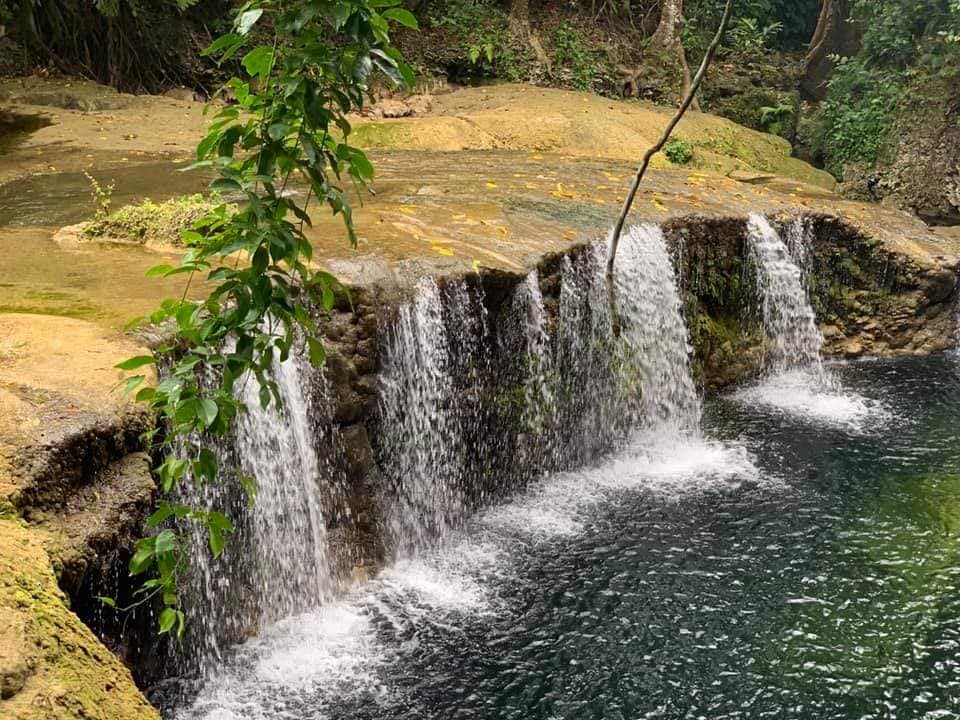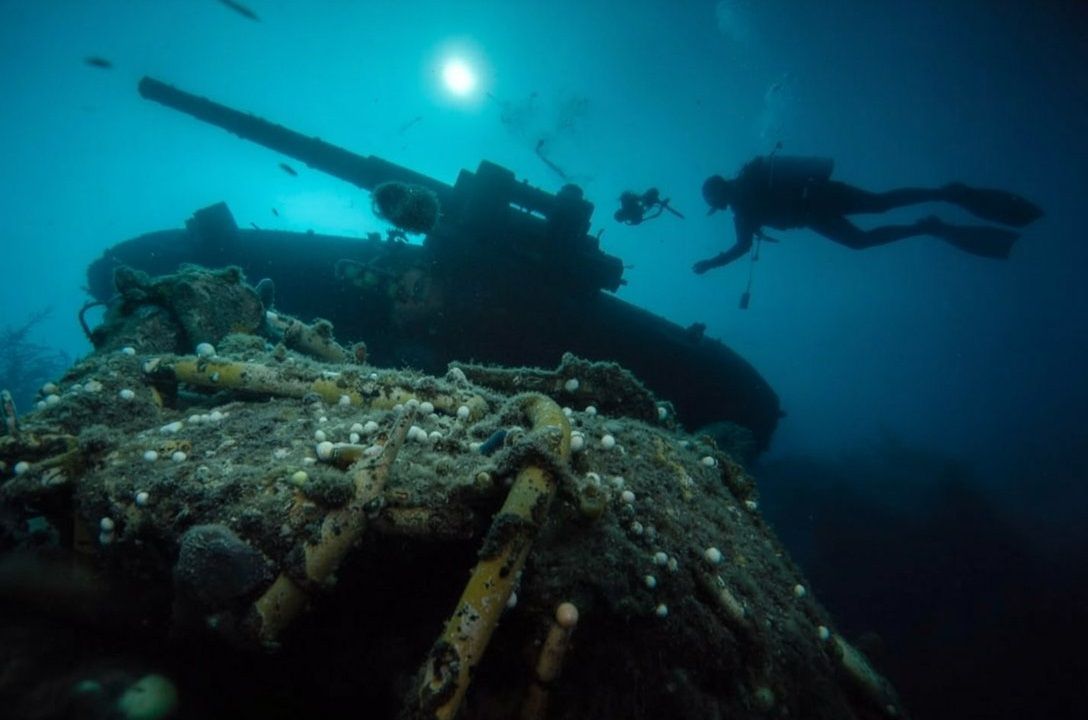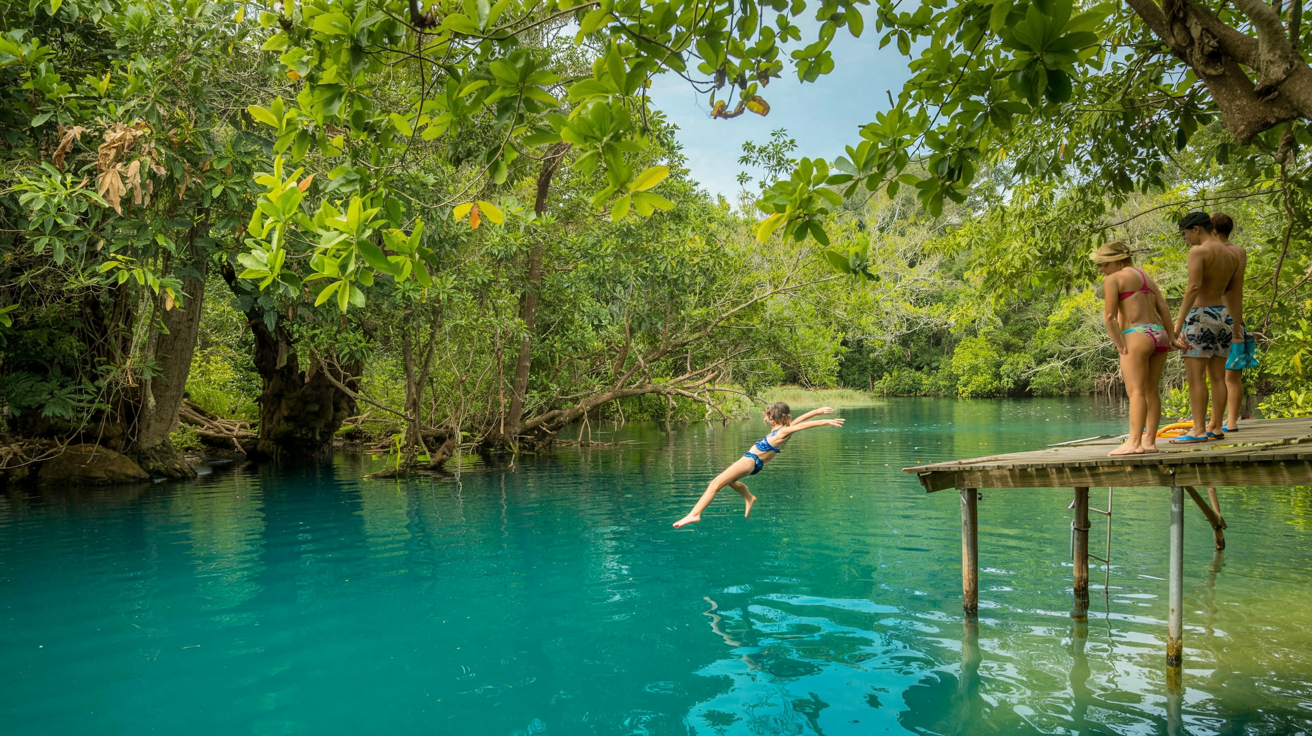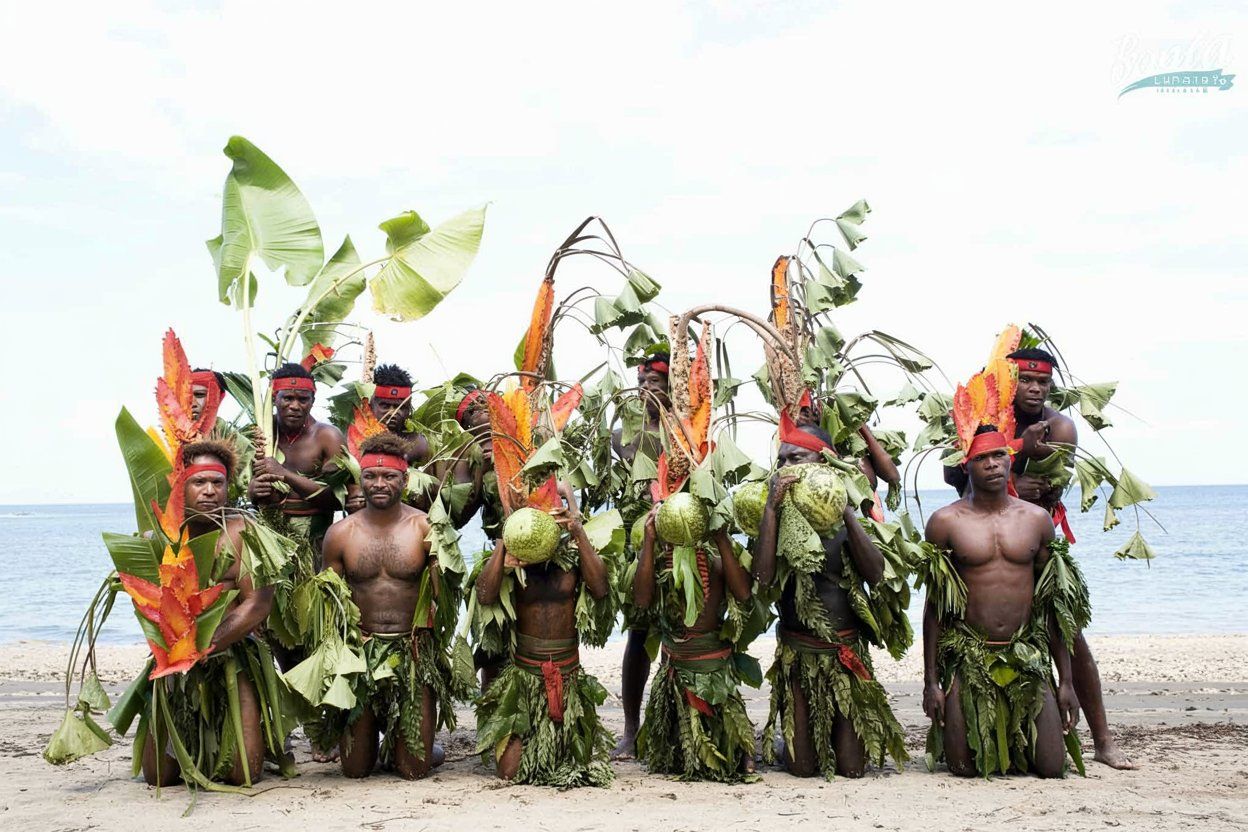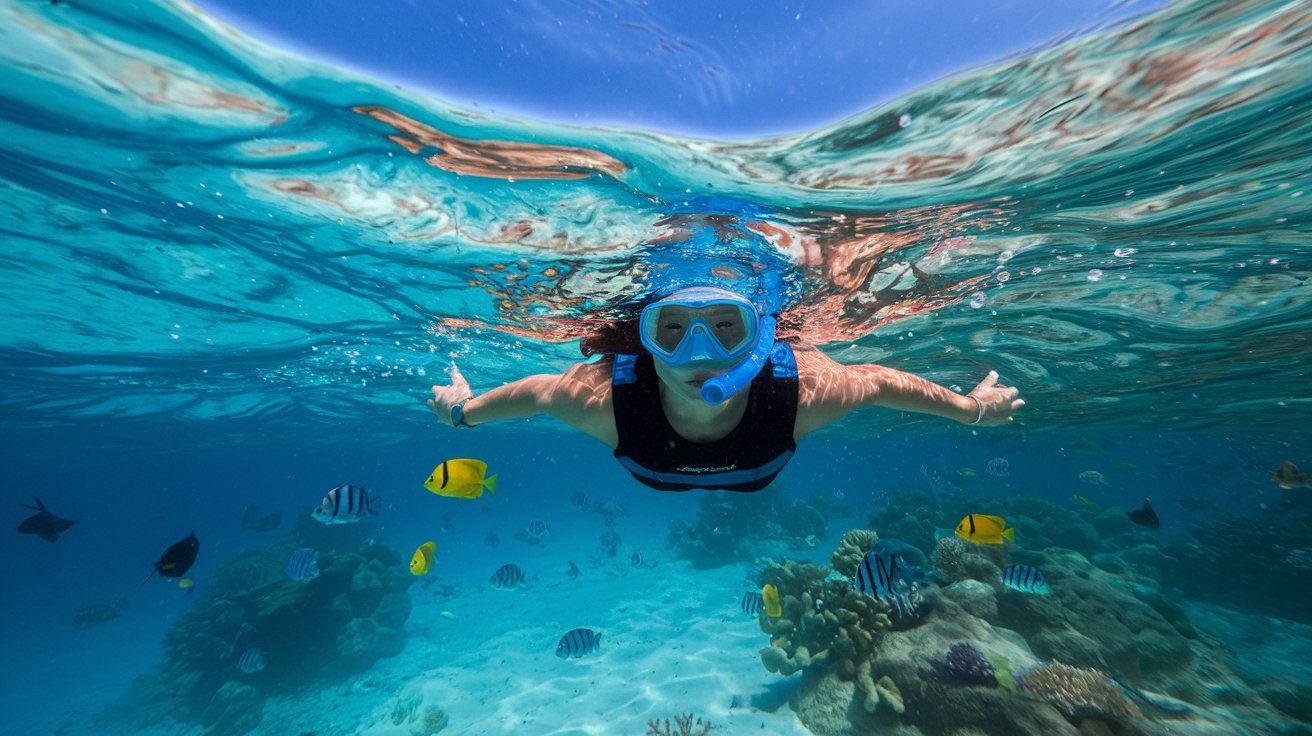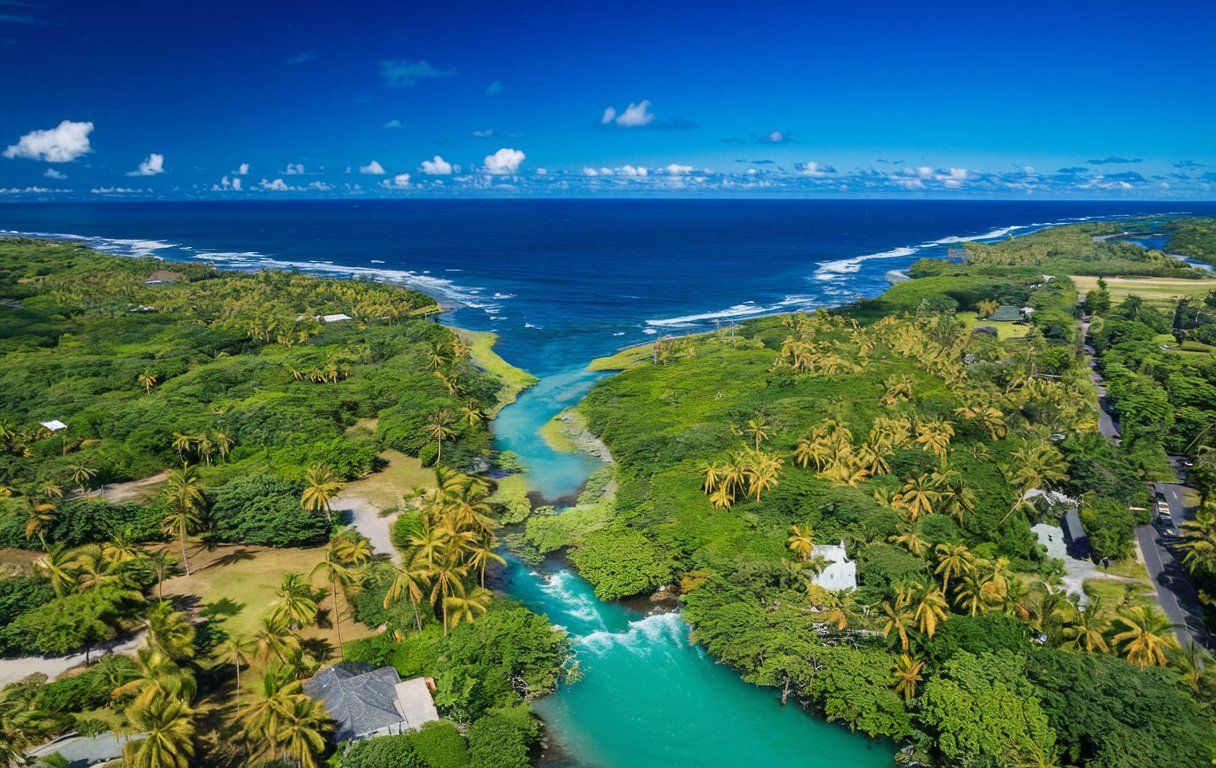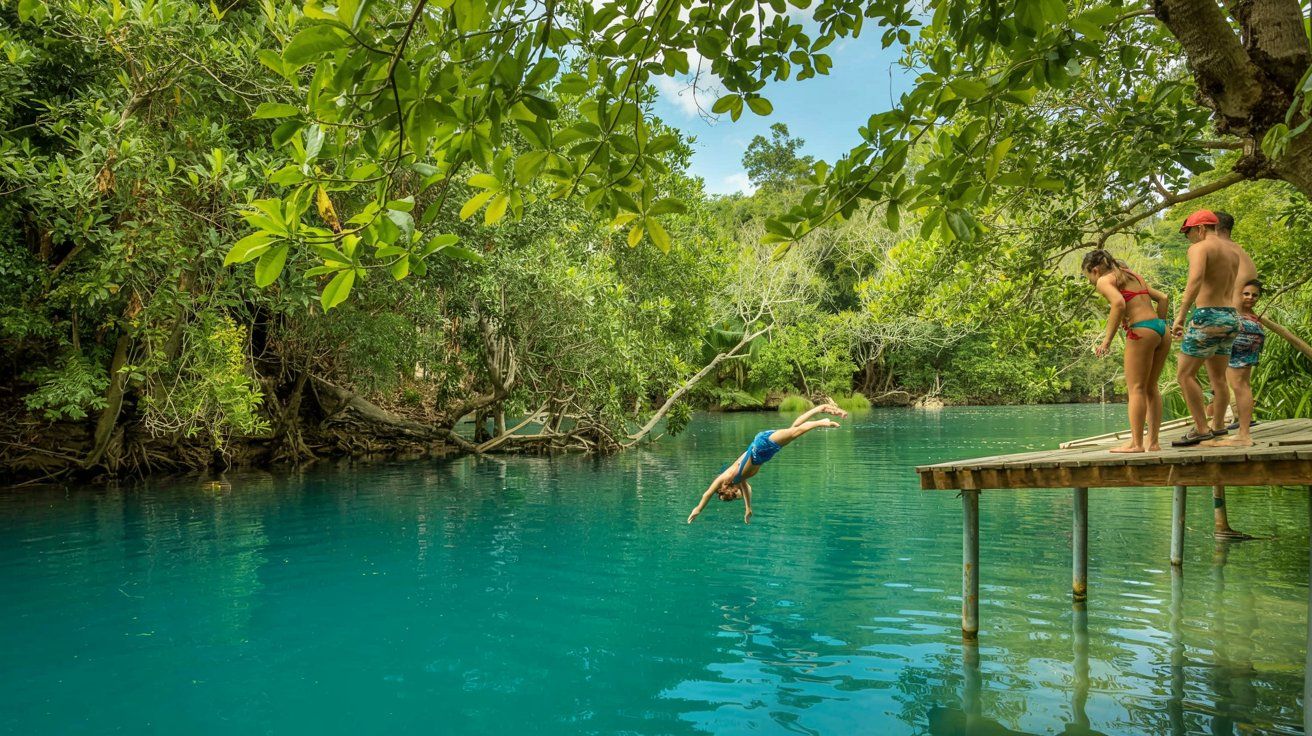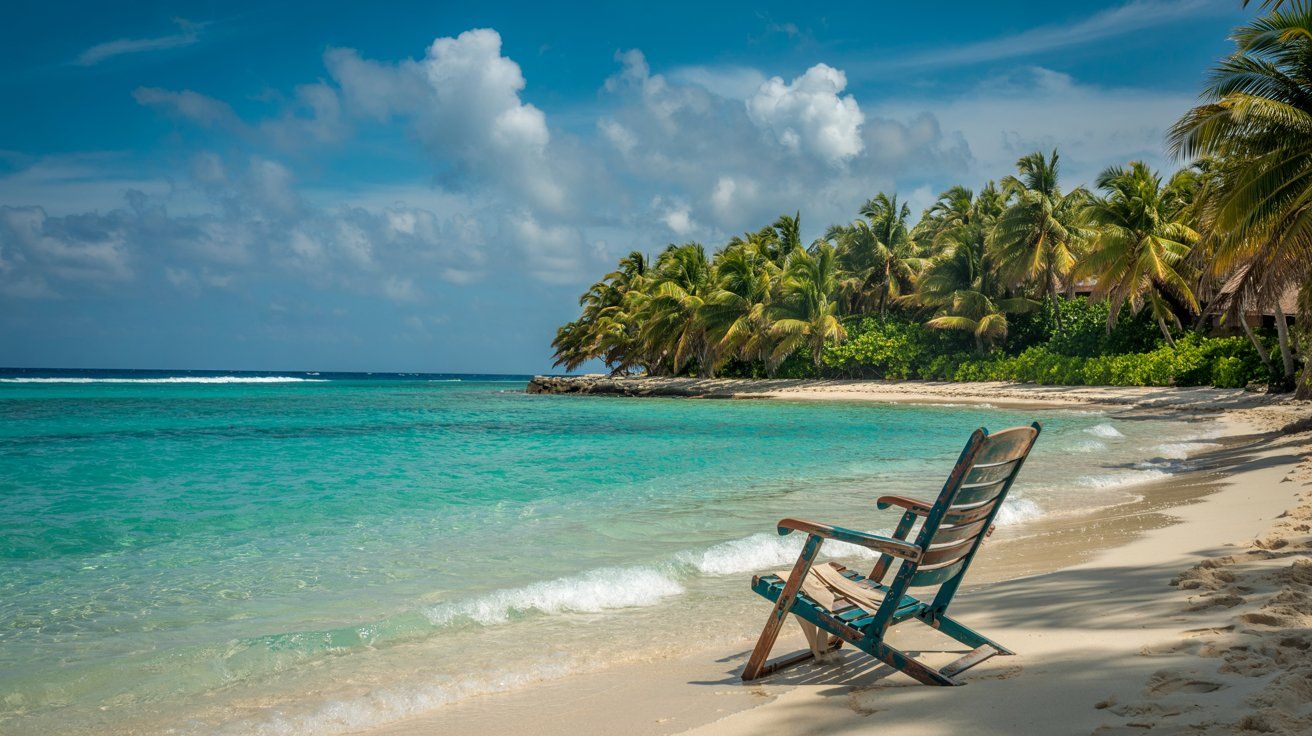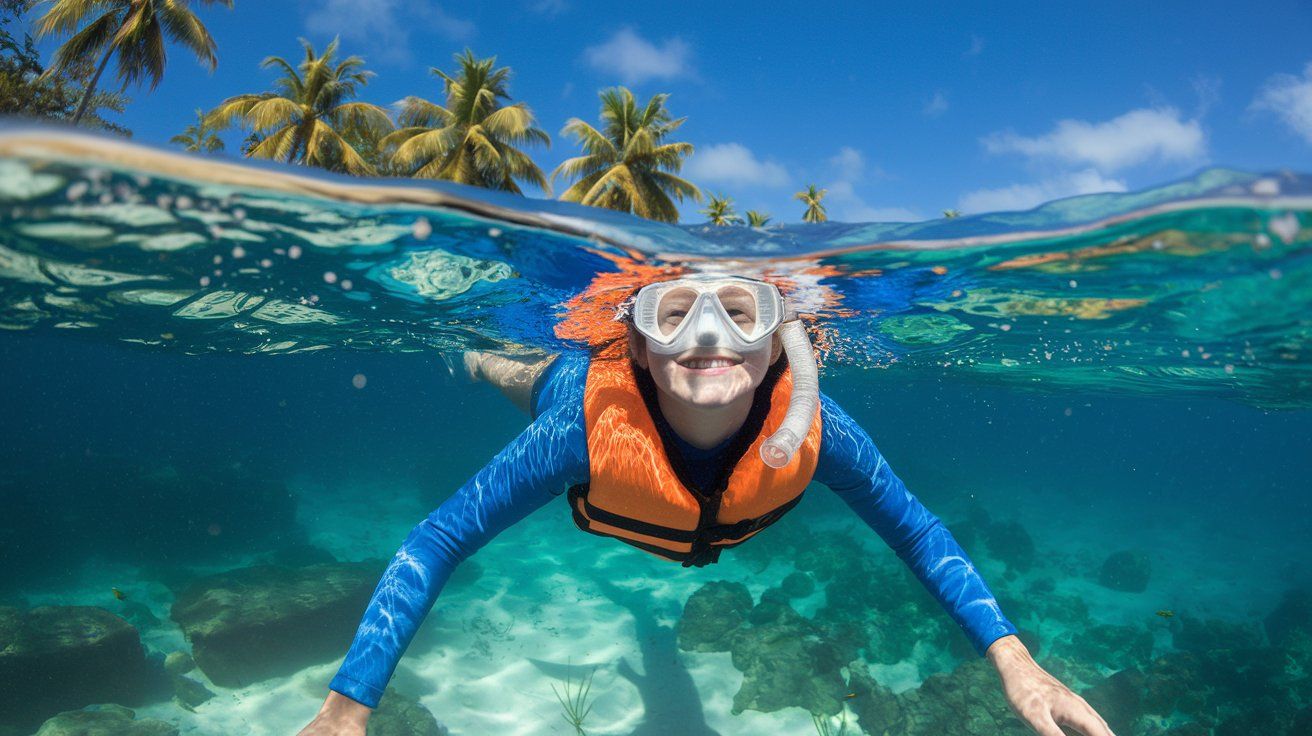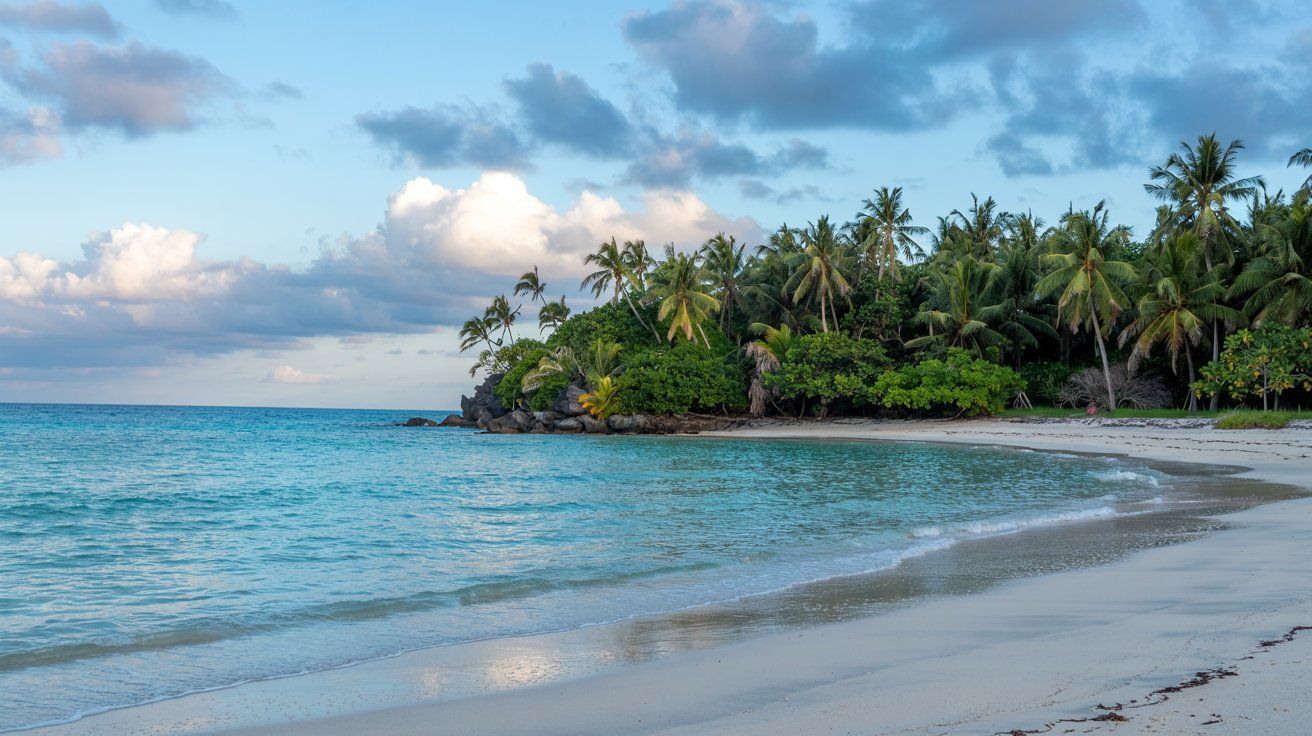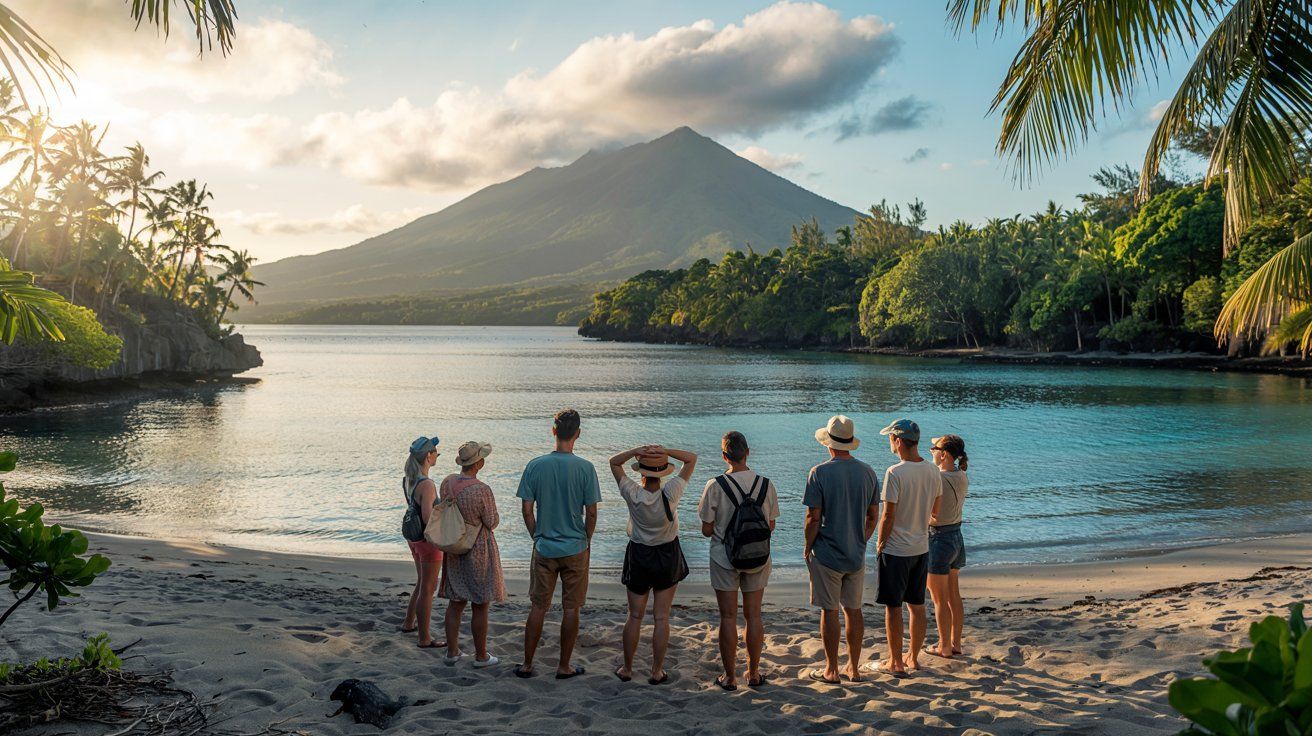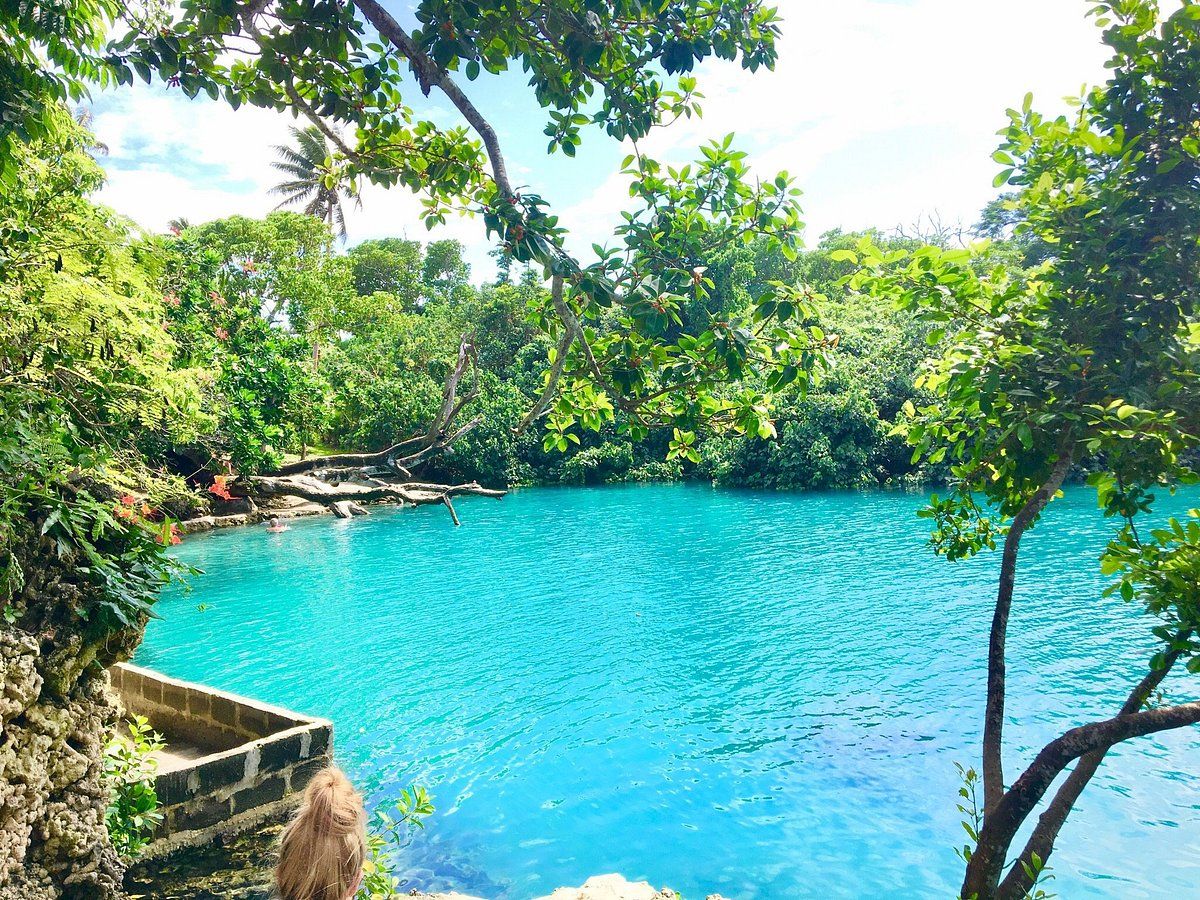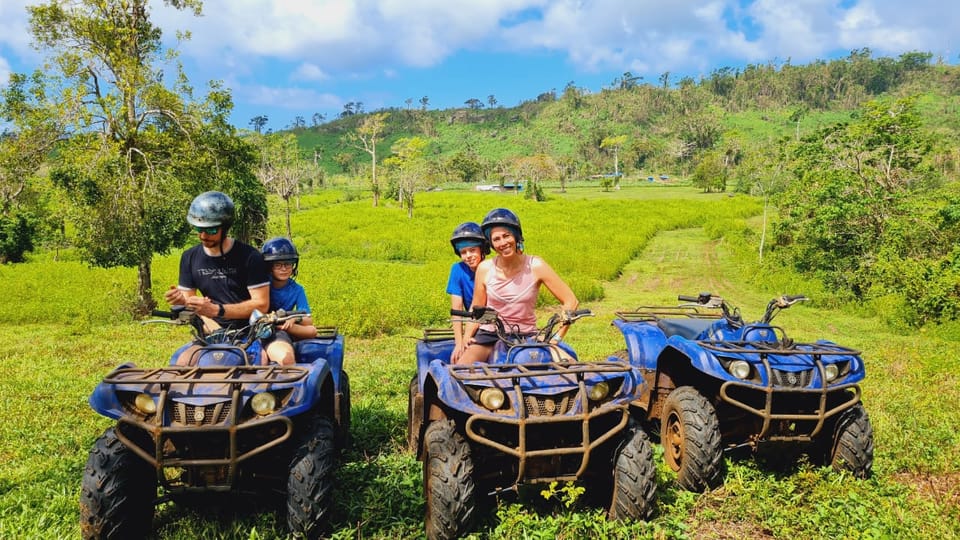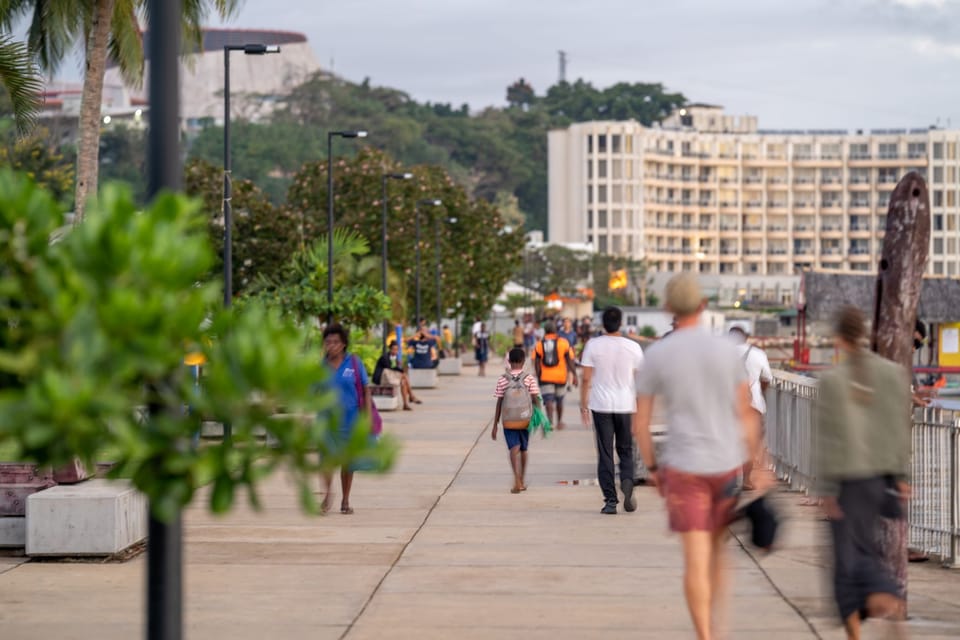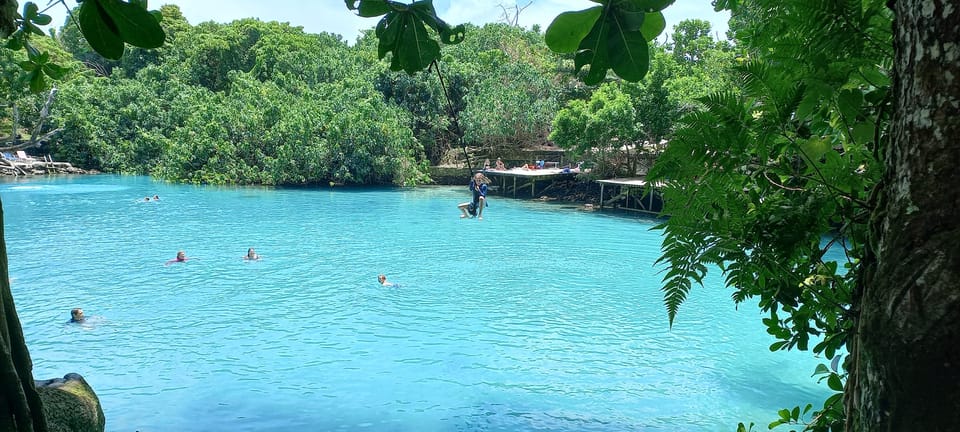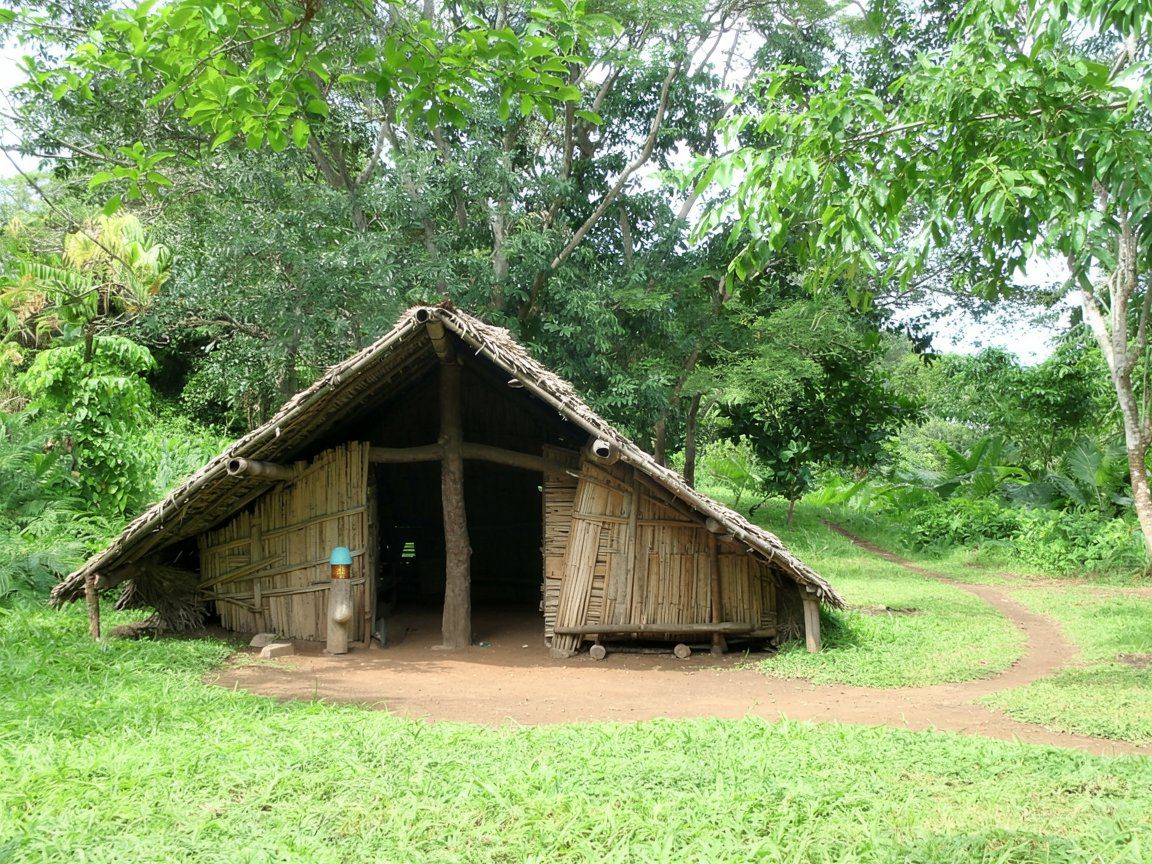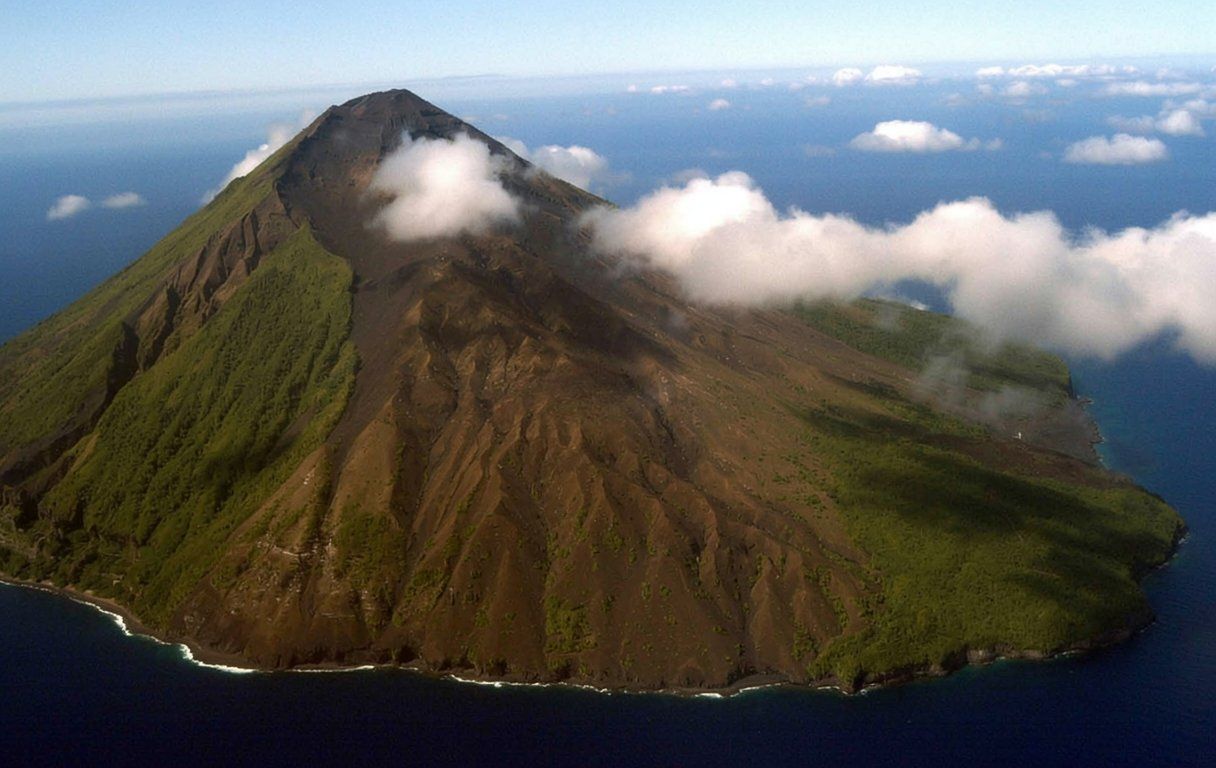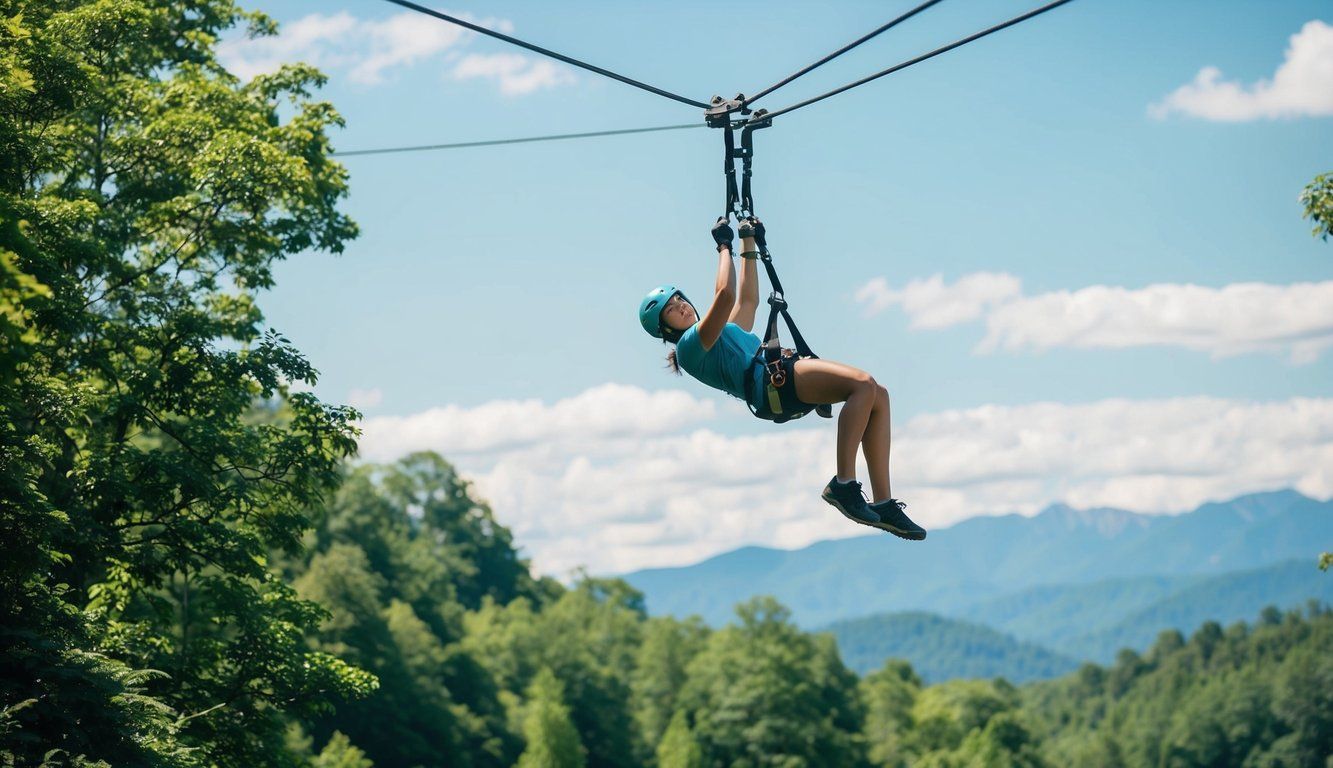The SS President Coolidge, launched in February 1931, was once America’s largest luxury ocean liner. Built by Newport News Shipbuilding and Drydock Company for the Dollar Steamship Company, this magnificent vessel sailed the seas until tragedy struck during World War II. The ship hit a mine near Vanuatu in the South Pacific and sank, transforming from a luxurious passenger liner into one of the world’s most accessible shipwreck diving sites.
Today, the wreck of the President Coolidge rests off the coast of Vanuatu, drawing diving enthusiasts from across the globe. The former luxury liner now serves as an underwater museum, its once-opulent spaces now home to vibrant marine life. Divers can explore its massive hull, elegant dining rooms, and even spot “The Lady” – a porcelain relief figure that has become an iconic symbol of this underwater attraction.
Get a discount of 15% to 70% on accommodation in Vanuatu! Look for deals here:
Vanuatu Hotels, Apartments, B&Bs
Historical Significance of the SS President Coolidge
The SS President Coolidge stands as a remarkable vessel that transformed from a luxury ocean liner to a critical wartime transport before becoming one of the world’s most accessible shipwreck dive sites.
From Luxury Liner to Troop Ship
The SS President Coolidge began its life as a luxury ocean liner in 1931, built by Newport News Shipbuilding and Drydock Company. This magnificent vessel operated under Dollar Steamship Lines until 1938, when it was transferred to American President Line.
The ship represented the height of 1930s maritime luxury and elegance. Wealthy passengers enjoyed lavish accommodations, fine dining, and entertainment while traveling across the Pacific.
After the attack on Pearl Harbor in December 1941, the U.S. government requisitioned the Coolidge for military service. The transformation was dramatic – elegant staterooms were converted to accommodate troops, luxury furnishings were removed, and the vessel was equipped with gun emplacements.
Role During World War II
As a troop carrier, the Coolidge played a vital role in the Pacific theater of World War II. The ship transported thousands of American soldiers to various military bases throughout the Pacific region.
The vessel’s size and speed made it invaluable for moving large numbers of troops quickly. With the ability to carry over 5,000 soldiers at once, the Coolidge became a workhorse of the war effort.
Captain Henry Nelson commanded the ship during many of these critical missions. The Coolidge navigated increasingly dangerous waters as Japanese forces expanded their control across the Pacific islands.
Military equipment, vehicles, and supplies were also transported aboard the converted liner, supporting Allied operations against Japanese forces.
The Sinking Incident
Tragedy struck on October 26, 1942, when the Coolidge approached the American military base at Espiritu Santo in Vanuatu. Despite receiving routing instructions, the ship entered a restricted channel.
At 9:35 am, the Coolidge struck two American mines. Captain Nelson, realizing the severity of the damage, made the crucial decision to beach the vessel to allow for evacuation.
The captain’s quick thinking saved nearly all aboard. In just 78 minutes, the ship rolled over and sank in relatively shallow waters. Of the over 5,000 men aboard, only two lives were lost – one soldier who returned to his cabin and a crewman struck by debris.
This remarkable evacuation remains one of the most successful in maritime history. Today, the wreck lies intact in waters accessible to recreational divers, serving as both a war grave and underwater museum.
SS President Coolidge Shipwreck
The SS President Coolidge shipwreck is one of the most accessible and impressive dive sites in the world. The luxury liner sank in 1942 after striking mines during World War II, and now rests on her side in relatively shallow waters off the coast of Vanuatu.
Shipwreck As a Diving Site
The President Coolidge offers divers a unique opportunity to explore a massive intact shipwreck. At 654 feet long, she’s one of the largest diveable wrecks accessible to recreational divers.
The wreck features numerous points of interest including “The Lady” (a porcelain relief of a woman riding a unicorn), the ship’s medical supplies, and the impressive engine room. Military equipment like jeeps, helmets, and guns remain visible throughout the wreck.
Divers of all experience levels can enjoy portions of the Coolidge. The bow section sits at just 20 meters depth, while deeper sections extend beyond 60 meters, requiring technical diving qualifications.
The wreck has earned its reputation as one of the world’s best wreck dives due to its size, historical significance, and the variety of diving experiences it offers.
Conservation and Marine Life
The President Coolidge serves as an artificial reef, hosting a diverse ecosystem of marine life. Coral formations have established themselves across the ship’s structure.
Large schools of barracuda frequently patrol the wreck’s exterior. Moray eels hide within crevices, while reef fish dart among the debris. Lucky divers might spot sea turtles resting on the ship’s structure.
Conservation efforts focus on preserving both the historical aspects of the wreck and its marine ecosystem. Divers are strictly prohibited from removing artifacts or disturbing marine life.
The Vanuatu government declared the site a marine reserve in 1983, helping protect both the wreck and surrounding reef systems from damage. Dive operators follow strict protocols to minimize environmental impact while still allowing access to this underwater museum.
Access and Dive Conditions
The Coolidge wreck lies just offshore from Espiritu Santo island in Vanuatu. Divers can literally walk into the water from shore to access the site, making it uniquely convenient compared to most shipwrecks.
Visibility typically ranges from 10-30 meters, with the best conditions occurring during the dry season (April to October). Water temperatures remain pleasant year-round, averaging 24-28°C (75-82°F).
Local dive operators offer guided tours tailored to different experience levels. Beginners can explore the shallower sections, while technical divers can arrange deeper penetration dives to areas like the engine room and cargo holds.
Most visitors plan multiple dives over several days to properly explore the massive wreck. Accommodation options range from basic guesthouses to more upscale resorts in nearby Luganville, all catering to the steady stream of divers who visit this world-class wreck.
Vanuatu as a Historical Dive Destination
Vanuatu’s waters hold some of the most significant maritime historical sites in the South Pacific. The island nation’s role during World War II created underwater museums that attract divers from around the world.
Santo Harbor: A Hub for Wartime History
Santo Harbor on Espiritu Santo island served as a critical military base for Allied forces during World War II. The natural deep-water harbor provided ideal conditions for naval operations in the Pacific theater.
Today, the harbor area offers divers access to numerous historical sites beyond just the famous President Coolidge shipwreck. Smaller vessels, aircraft parts, and military equipment rest on the seafloor, creating a timeline of wartime activities.
Local dive operators based in Luganville offer specialized historical dive tours. These expeditions often include detailed briefings about the harbor’s strategic importance and the events that led to the creation of these underwater time capsules.
The harbor’s protected waters make many sites accessible to divers of various experience levels. Visibility typically ranges from 10-30 meters depending on conditions and season.
Million Dollar Point
Million Dollar Point represents one of the most unusual historical dive sites in the world. After World War II, American forces dumped massive amounts of military equipment into the sea rather than shipping it home or selling it to locals.
The underwater “junkyard” contains bulldozers, jeeps, trucks, forklifts, and countless smaller items. Many vehicles remain remarkably intact despite decades underwater, creating an eerie underwater museum of military hardware.
The site is accessible from shore, making it popular for both snorkelers and divers. The equipment starts in shallow water and continues down the slope to depths exceeding 30 meters.
Marine life has colonized many of the sunken items, creating an artificial reef ecosystem. Colorful coral and tropical fish now inhabit the vehicles that once supported war efforts across the Pacific.
Memorials and Tributes
Vanuatu honors its maritime history through various memorials and tributes. The Memorial to Captain Euart stands near the President Coolidge site, commemorating the heroic officer who lost his life while helping others escape the sinking vessel.
Dive operators on Aore Island and the main island of Espiritu Santo maintain museums with artifacts and information about the area’s naval history. These collections often include items recovered from dive sites under proper authorization.
Annual ceremonies mark significant anniversaries related to the Coolidge sinking and other historical events. Local communities participate alongside international visitors, including veterans and their families.
The Vanuatu government has established protective regulations for these historical sites. Divers are strictly prohibited from removing artifacts, ensuring these underwater museums remain intact for future generations.
The President Coolidge’s Impact on Post-War Era
The sinking of the SS President Coolidge in 1942 created ripples that extended far beyond the war years. Its legacy influenced both the luxury cruise industry and maritime safety regulations in significant ways.
Influence on Modern Luxury Cruising
The President Coolidge, once operated by Dollar Steamship Lines and later American President Lines, set standards for luxury that continued to inspire post-war cruise ship design. Her lavish accommodations featuring first-class suites, swimming pools, and elegant dining halls became blueprints for modern cruise liners.
Trans-Pacific passage on the Coolidge had represented the height of ocean travel luxury in the pre-war era. Ship designers in the 1950s and 1960s frequently referenced her interior layouts and amenities when developing new passenger vessels.
The Coolidge’s reputation for combining comfort with efficiency influenced how cruise companies balanced luxury with practical operation costs in the competitive post-war tourism market.
Post-War Salvage Operations and Ship Safety
After the war, the sunken Coolidge became one of the Pacific Ocean’s most accessible large shipwrecks. Salvage operations began almost immediately, recovering valuable materials and equipment.
The relatively intact condition of the ship provided naval architects and maritime safety experts with valuable information about structural vulnerabilities. The Coolidge disaster, where the ship struck mines near Espiritu Santo in Vanuatu, prompted improvements in navigation systems and harbor safety protocols.
Despite the tragedy, the remarkably low casualty rate (only two fatalities among 5,440 personnel) highlighted the effectiveness of proper evacuation procedures. This outcome influenced troop transport safety standards and civilian evacuation protocols for decades to come.
The wreck’s transformation into one of the world’s premier dive sites created a lasting economic impact for Vanuatu, drawing thousands of tourists annually to explore this underwater memorial.
Navigating the President Coolidge Wreck Today
The SS President Coolidge wreck offers divers a unique underwater adventure with accessible entry points and a remarkable collection of historical artifacts preserved since its sinking during World War II.
Preparation and Precautions for Divers
The President Coolidge is accessible to divers of various experience levels, though proper preparation is essential. Most divers enter the wreck from shore at Second Channel, making it one of the world’s most convenient wreck dives. No boats are needed for many dive sites.
Divers should carry at least one torch as the interior passages can be dark. A compass is also recommended to maintain orientation within the massive vessel. Water temperatures around Vanuatu typically range from 75-84°F (24-29°C), so a 3mm wetsuit is usually sufficient.
Local dive operators provide comprehensive briefings before each dive. These briefings cover entry points, navigation routes, and important safety protocols. First-time visitors should consider hiring a local guide who knows the wreck’s layout.
Notable Dive Spots within the Wreck
The “Lady” is perhaps the most famous feature – a porcelain relief of a woman riding a unicorn located in the first-class dining saloon. This delicate artifact sits at approximately 100 feet (30 meters) depth.
The ship’s promenade deck offers fascinating views of the vessel’s luxury liner past. Here, divers can observe elaborate tilework and architectural features that highlight its former elegance.
The cargo holds contain military equipment including jeeps, cannons, and medical supplies. These areas provide glimpses into the ship’s wartime conversion.
The engine room presents an opportunity for advanced divers to witness the massive machinery that once powered this 654-foot vessel. The boilers, turbines, and control panels remain remarkably intact.
Coral and reef fish have made homes throughout the wreck, particularly in exposed outer sections where sunlight penetrates.
Anticipating Challenges and Hazards
Depth presents the primary challenge when diving the Coolidge. The ship lies on its side with depths ranging from 65 feet (20 meters) to over 200 feet (60 meters), placing some areas beyond recreational diving limits.
Penetration diving requires special training and equipment. Interior spaces can be confusing and silt stirred up by divers’ fins can severely reduce visibility. Always maintain a visible exit path.
Currents are generally mild but can change unexpectedly, particularly during tidal shifts. Check conditions before entering and be prepared to adjust dive plans accordingly.
Some unexploded ordnance remains in and around the wreck. Never touch or disturb any military artifacts as they may still be dangerous despite decades underwater.
Decompression obligations must be carefully monitored on deeper dives. Most dive operators enforce strict time limits to ensure safety.
Cultural and Historical Legacy
The SS President Coolidge has become more than just a shipwreck. Its transformation from luxury liner to war vessel to underwater museum represents a significant piece of Pacific history that continues to influence education, research, and culture throughout the region.
Educational Aspects and Research
The Coolidge wreck serves as an underwater classroom for marine biologists, historians, and archaeology students. Research teams regularly document the deterioration process and conduct surveys to monitor changes in the ship’s structure since its sinking in 1942.
The wreck site features informational plaques that help divers understand the historical context of what they’re seeing. These educational elements explain both the vessel’s pre-war luxury and its wartime conversion.
Many universities partner with local diving operations to offer credit courses in maritime archaeology using the Coolidge as their primary study subject. The ship’s intact nature makes it ideal for teaching preservation techniques.
The U.S. Navy occasionally conducts historical documentation projects at the site to honor the military significance of the vessel during WWII operations in the Pacific theater.
Cultural Impact on Papua New Guinea and Pacific Islands
The Coolidge has become central to Vanuatu’s tourism economy, creating jobs and business opportunities for local communities. Dive shops, tour guides, and hospitality workers all benefit from visitors drawn to this underwater attraction.
Local folklore has incorporated the ship’s dramatic sinking into cultural narratives. Some communities hold annual ceremonies commemorating the event and honoring both survivors and those who assisted in rescue efforts.
Artisans create Coolidge-inspired crafts that blend traditional Pacific artistic styles with maritime themes. These items provide income while preserving cultural techniques.
The wreck has fostered cross-cultural exchanges between local populations and international visitors, helping to share South Pacific traditions with a global audience. This interaction has raised awareness about preservation challenges facing both cultural and natural heritage sites in the region.
Get a discount of 15% to 70% on accommodation in Vanuatu! Look for deals here:
Vanuatu Hotels, Apartments, B&Bs


